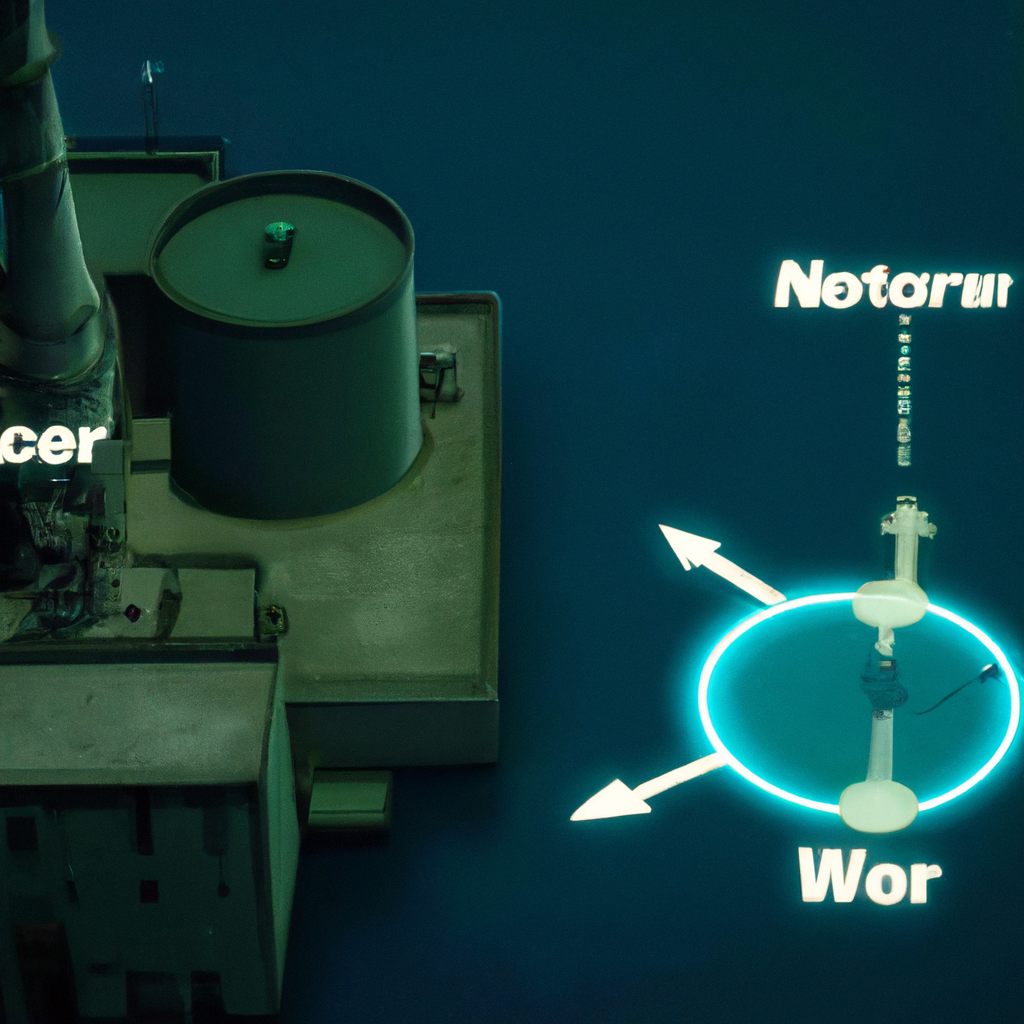Nuclear energy is a type of energy that is generated through the process of nuclear fission, which is a reaction that occurs when the nucleus of an atom is split into two smaller nuclei. This process results in the release of a significant amount of energy, which can be used to generate electricity. A nuclear reactor is a device that is used to control and harness this process of nuclear fission in a safe and efficient manner. In this article, we will take a closer look at how a nuclear reactor works and the science behind nuclear energy.
Understanding Nuclear Physics
Before we dive into the workings of a nuclear reactor, it is essential to understand the basic principles of nuclear physics. As we mentioned earlier, nuclear fission occurs when the nucleus of an atom is split into two smaller nuclei. This process releases a significant amount of energy in the form of heat and radiation.
When a large atom such as uranium-235 is struck by a neutron, it absorbs the neutron and becomes unstable. The nucleus then splits into two smaller nuclei, releasing additional neutrons and a significant amount of energy. These released neutrons can then strike other uranium atoms, causing them to undergo fission as well. This process is known as a nuclear chain reaction, and it is the basis for nuclear energy.
The Reactor Core
A nuclear reactor typically consists of several components, but the heart of the reactor is the reactor core. The reactor core is where the nuclear fission reaction takes place. The core contains fuel rods made of uranium or plutonium, which are arranged in a specific pattern to allow for the efficient production of energy.
The fuel rods are placed in a material called a moderator, which helps to slow down the neutrons released during fission. Slowing down the neutrons allows them to strike other uranium atoms and continue the chain reaction. Additionally, the reactor core contains control rods made of materials such as boron or cadmium, which can be inserted or removed from the core to control the rate of the chain reaction.
The Nuclear Chain Reaction
As we mentioned earlier, the nuclear fission reaction in the reactor core is sustained through a process called the nuclear chain reaction. This process occurs when the neutrons released during fission strike other uranium atoms, causing them to undergo fission as well. These newly released neutrons can then strike additional uranium atoms, continuing the reaction.
However, it is essential to control the rate of the chain reaction to prevent the reactor from overheating or becoming unstable. This is where the control rods come into play. By inserting or removing the control rods, the reactor operator can control the number of neutrons present in the core, thereby controlling the rate of the chain reaction.
Generating Electricity
The heat produced during the nuclear fission reaction in the reactor core is used to generate steam, which then drives a turbine. The turbine is connected to a generator, which converts the kinetic energy of the turbine into electrical energy. This electrical energy is then sent to the power grid, where it can be used to power homes, businesses, and other facilities.
Nuclear Engineering
The design and operation of nuclear reactors require a specialized field of engineering known as nuclear engineering. Nuclear engineers are responsible for designing and building safe and efficient nuclear reactors, as well as developing new technologies to improve the efficiency and safety of nuclear energy production.
In conclusion, a nuclear reactor is a complex device that harnesses the power of nuclear fission to generate electricity. The reactor core is the heart of the reactor, where the nuclear fission reaction takes place. The nuclear chain reaction is sustained through the release of neutrons, which strike other uranium atoms and cause them to undergo fission as well. The heat produced during the reaction is used to generate steam, which drives a turbine and generates electricity. Nuclear engineering is a specialized field that is essential for the safe and efficient operation of nuclear reactors.







